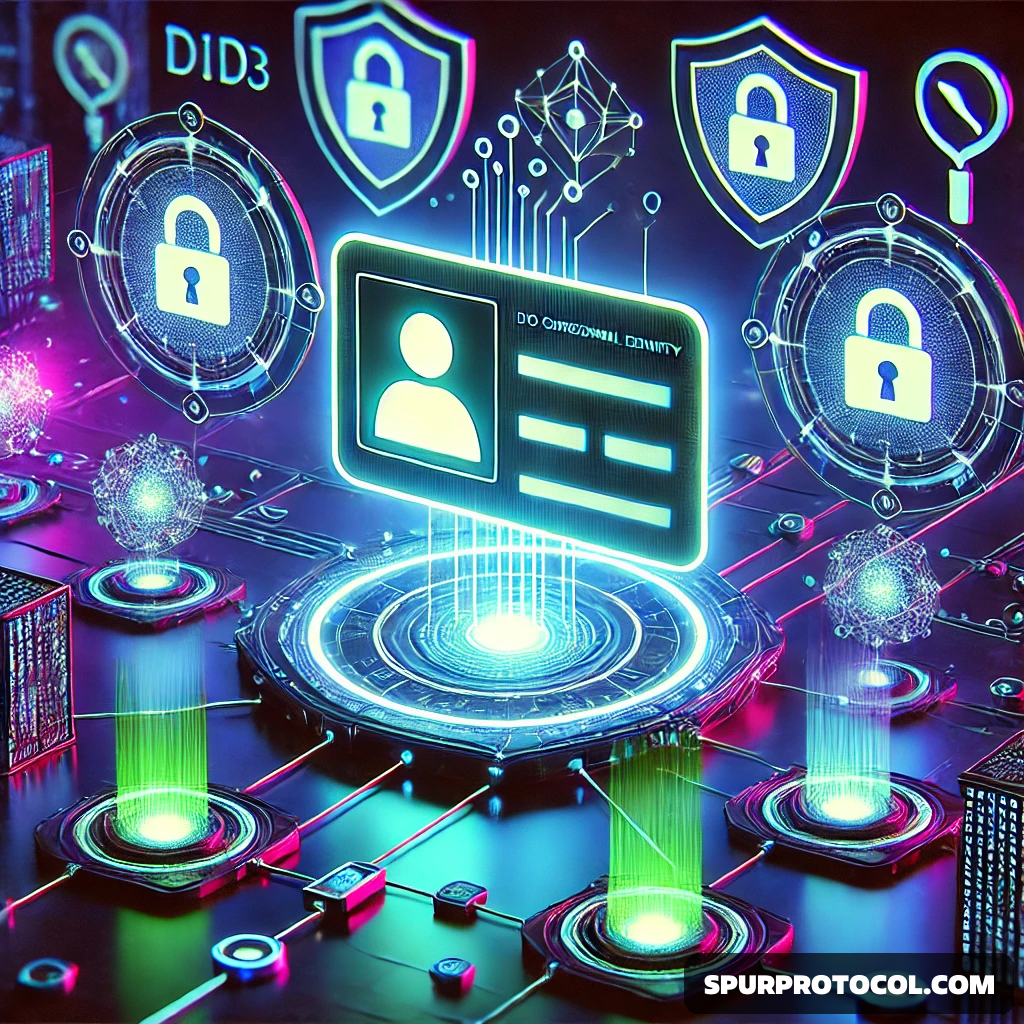How Decentralized Identity (DID) Protects User Anonymity In Web3
How Decentralized Identity (DID) Protects User Anonymity in Web3 Simplified
Go Back
🕒 12:00 PM
📅 Mar 26, 2025
✍️ By itsspossible
How Decentralized Identity (DID) Protects User Anonymity in Web3 Simplified
Go Back
🕒 12:00 PM
📅 Mar 26, 2025
✍️ By itsspossible
Introduction
In Web2, users rely on centralized services like Google or Facebook to authenticate their identity. These services collect and store vast amounts of personal data, creating privacy risks. Web3 introduces Decentralized Identity (DID), allowing users to control their identity securely without depending on centralized entities.
What is Decentralized Identity (DID)?
DID is a digital identity framework that enables individuals to manage their personal information using blockchain technology. Unlike traditional identity systems that rely on centralized authorities, DID allows users to create and control their own identity, enhancing privacy and security.
Key Features of DID:
How DID Works
Applications of DID in Web3
1. Privacy in Online Authentication
DID eliminates the need for traditional usernames and passwords. Instead, users authenticate themselves securely without relying on centralized platforms.
2. Decentralized Finance (DeFi) Compliance
Regulatory frameworks like KYC (Know Your Customer) often require identity verification. DID allows users to prove their compliance while maintaining privacy.
3. Web3-Based Voting Systems
Blockchain-based elections can use DID to verify voter identity while ensuring anonymity.
4. Healthcare Data Privacy
DID enables patients to control access to their medical records, sharing only necessary information with healthcare providers.
Challenges and Future of DID
Despite these challenges, DID is poised to revolutionize Web3 by providing a secure and privacy-preserving identity system for users worldwide.